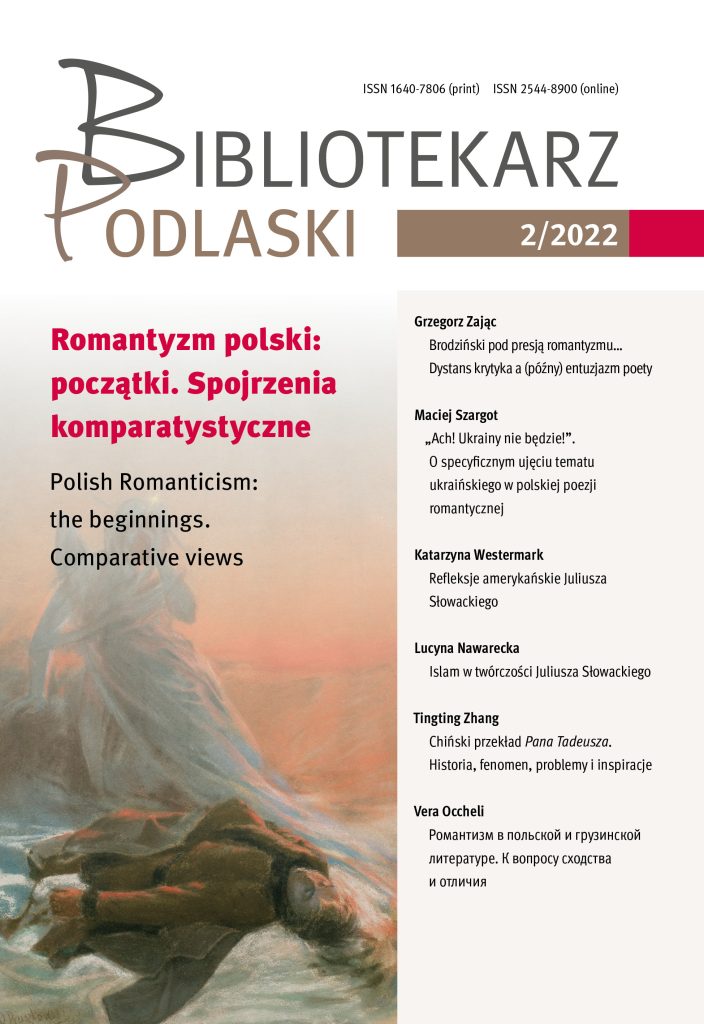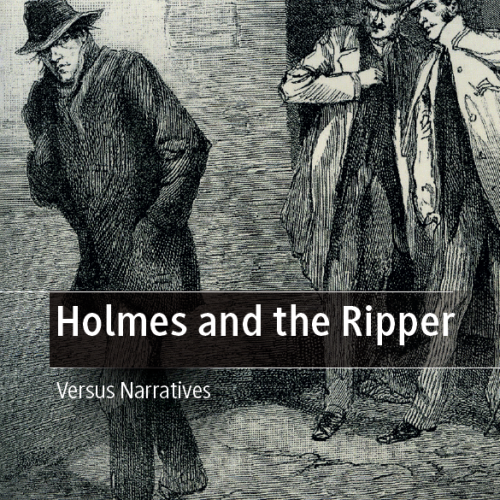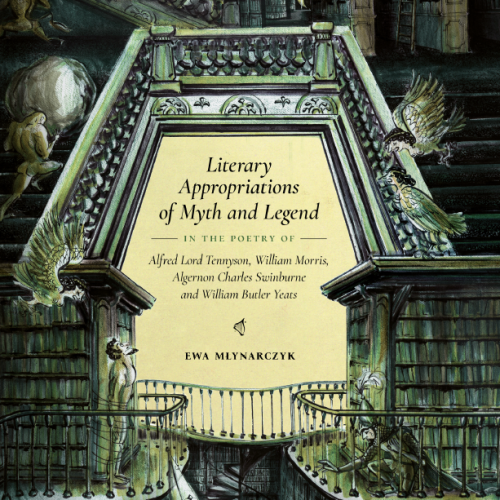Text by Sylwia Grusza
I would like to share some details regarding my latest publication included in the 55th volume of Bibliotekarz Podlaski – Romantyzm polski: początki. Spojrzenia komparatystyczne (Polish Romanticism: The Beginnings. Comparative Views). The issue focuses on the beginnings of Polish Romanticism and comparative aspects of literary works from this period. It’s worth highlighting that the previous year (2022) was officially declared by the Polish Parliament as the Year of Polish Romanticism, honouring the 200th anniversary of the publication of the first edition of Ballady i romanse (Ballads and Romances) by Adam Mickiewicz, the most recognizable precursor of Polish Romanticism.
The article “Lektura Pieśni Osjana przez Marię Wirtemberską i jej wpływ na kreację literacką tytułowej bohaterki Malwiny, czyli domyślności serca” (Maria Wirtemberska’s literary creation of the title character of Malvina, or the Heart’s Intuition as inspired by The Poems of Ossian) discusses similarities between Wirtemberska’s heroine and women portrayed in Macpherson’s work.

The aim of the article is to present the connections between Malvina, or the Heart’s Intuition and The Works of Ossian, which are noticeable in many aspects of the work, especially in the literary figure of the title character. The interest in the songs of the Scottish bard among the writers of the literary school of Puławy made Maria Wirtemberska attentive to the problems and aesthetics of James Macpherson’s work. Malwina resembles Ossian’s heroines in many aspects, which are revealed by endowing her with specific qualities, abilities, and a way of perceiving reality. The character of the Malvina also has several features in common with Macpherson’s Ossian. The Duchess compares the Bard’s tendency to transform memories into poetry with the attributes that characterize the images of the women described in Ossian’s stories. Malvina also combines the trait of heroine from a sentimental novel, endowed with a tenderness, with the heroism and courage of a chivalrous ethos. The use of visual elements typical for Osianism, including the tendency to present the main character on the background of a lunar landscape, and the fascination with the knightly tradition, allowed the Duchess to create a heroine that would stand out from the female characters portrayed in Polish literature before 1816. The article also contains reflections on the Polish translations of The Works of Ossian (written before 1815), which Maria Wirtemberska might have come across after her return to Poland.
abstract from the journal’s website

